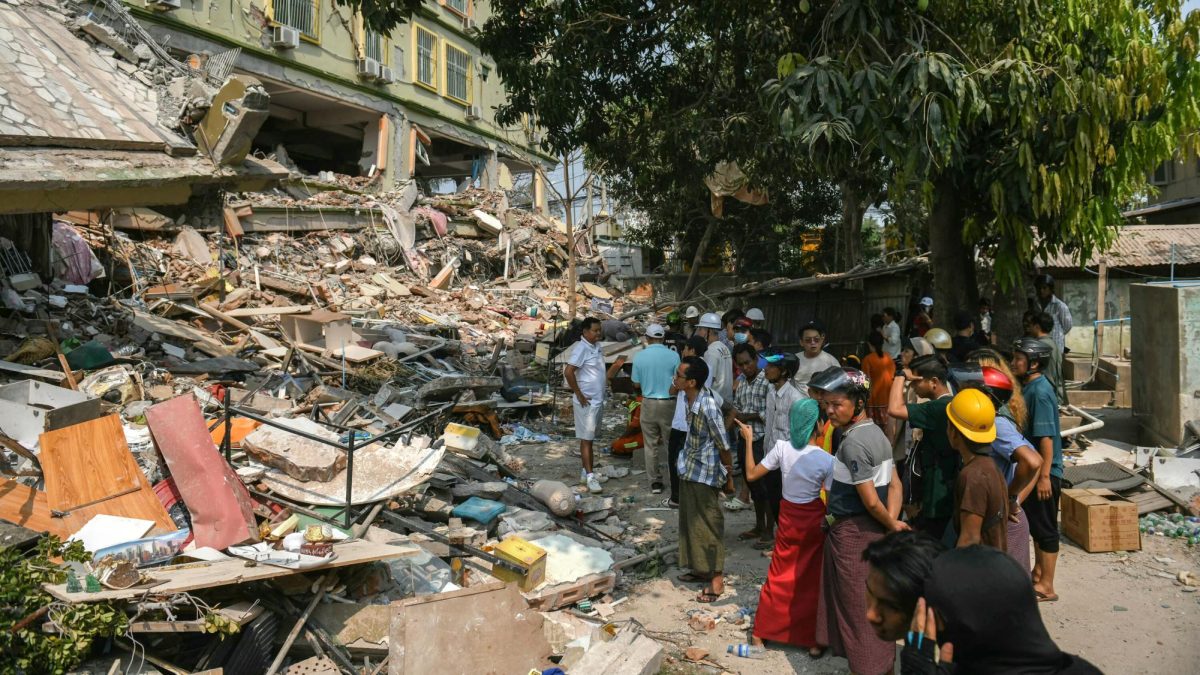A decade after the catastrophic meltdown, the Fukushima Daiichi Nuclear Power Plant has been a focal point of recovery and environmental concerns. The plant, which suffered a triple meltdown following the March 2011 earthquake and tsunami, has seen significant progress in decommissioning efforts, but challenges remain, particularly regarding the treatment and release of contaminated water.
Twelve years have passed since the disaster at Fukushima Daiichi Nuclear Power Plant, and the world continues to watch the ongoing efforts to secure and decommission the site. The International Atomic Energy Agency (IAEA) has been closely monitoring the situation, providing regular updates on the progress and challenges that lie ahead.
On March 22, 2024, the IAEA reported, “the radiation level of sampled water is substantially below the operational targets set by TEPCO,” highlighting the effectiveness of the water treatment processes in place.
Despite the positive reports on water treatment, concerns about the release of treated radioactive water into the ocean have been a point of contention among environmentalists, local fishermen, and international observers.
An AP News article dated Feb. 22, 2023, detailed the plans, stating, “treated radioactive wastewater is set to be released into the sea sometime from spring 2023 to summer after required testing and dilution with large amounts of seawater,” a decision that has sparked debate and concern.
The Japanese government and TEPCO have reassured the public and international community that the release will be safe, citing extensive testing and international standards.
According to a BBC report, “the United Nations atomic energy regulator says the discharge of filtered water into the Pacific Ocean is safe and will have ‘negligible’ impact on people and the environment,” an assurance meant to alleviate fears about potential health risks.
While the official stance is one of safety and control, independent researchers have voiced their findings, which sometimes contrast with the official narrative.
University of Tokyo radiologist Katsumi Shozugawa expressed concerns in an interview with The Associated Press, revealing that “his analysis of groundwater in multiple locations in no-go zones near the plant has shown that tritium and other radioactive elements have been leaking into groundwater,” showing the complexity of the situation.
Amidst the scientific and environmental debates, the local community, particularly those in the fishing industry, have been facing the economic and reputational fallout from the disaster.
A seafood store owner from Fukushima prefecture’s Iwaki, quoted by AP News, shared his apprehensions, “I expect a setback to my still recovering business but hope it will be temporary and a safe progress would reassure people about Fukushima fish,” reflecting the intertwined concerns of safety and livelihood.
As the decommissioning process continues, TEPCO and the Japanese government remain committed to transparency and safety, regularly updating the IAEA and the international community on their progress.
The Reconstruction Agency FAQ states, “Fuel debris remains in the Unit 1–3 reactors, but cooling water is being continuously injected and keeping the debris stable,” indicating the ongoing efforts to stabilize the site.
The journey of Fukushima Daiichi is far from over, with decades of work still ahead. The world watches, learns, and hopes for a future where the lessons of Fukushima lead to a safer and more sustainable energy landscape.
Reflecting on the long-term vision, the IAEA’s updates serve as a reminder of the enduring nature of this challenge: “These results confirm that the radiation level of sampled water are substantially below the operational targets set by TEPCO.”







